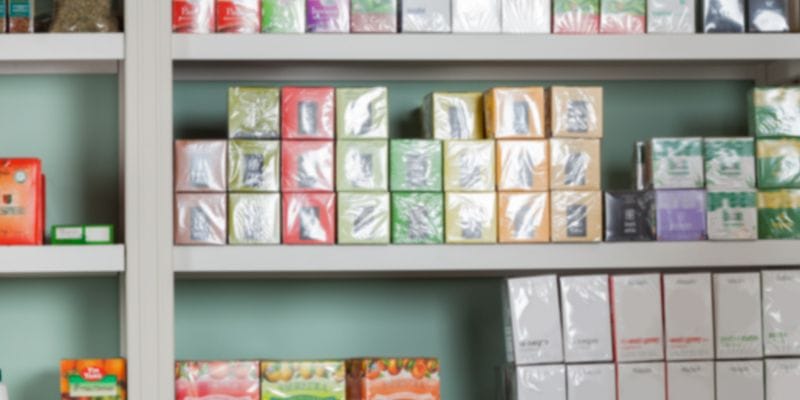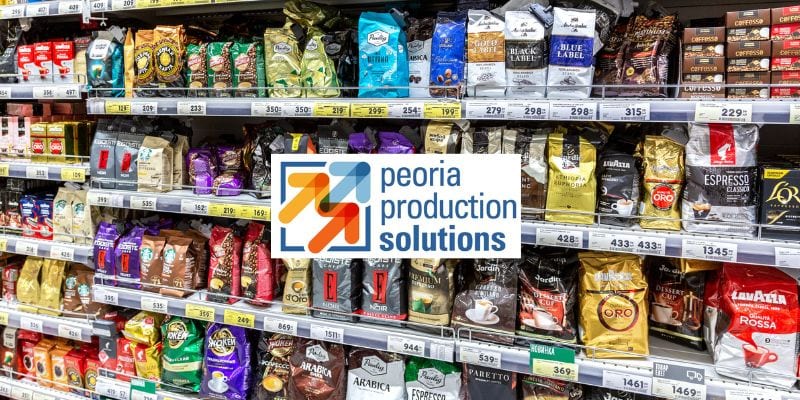Complete Guide to Secondary Food Packaging
When it comes to food packaging, there’s more than meets the eye. Secondary food packaging, the first thing your customers see when picking up your products from retail shelves, plays a pivotal role in not only protecting your food and drink items during transit but also in conveying vital information …





